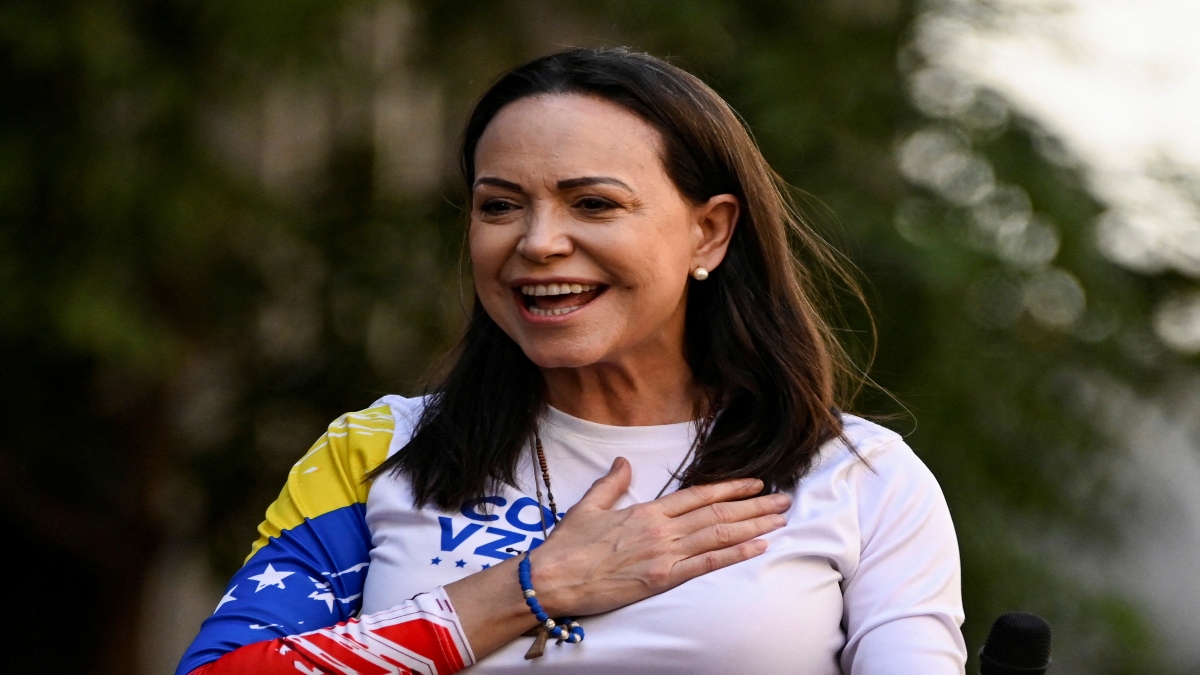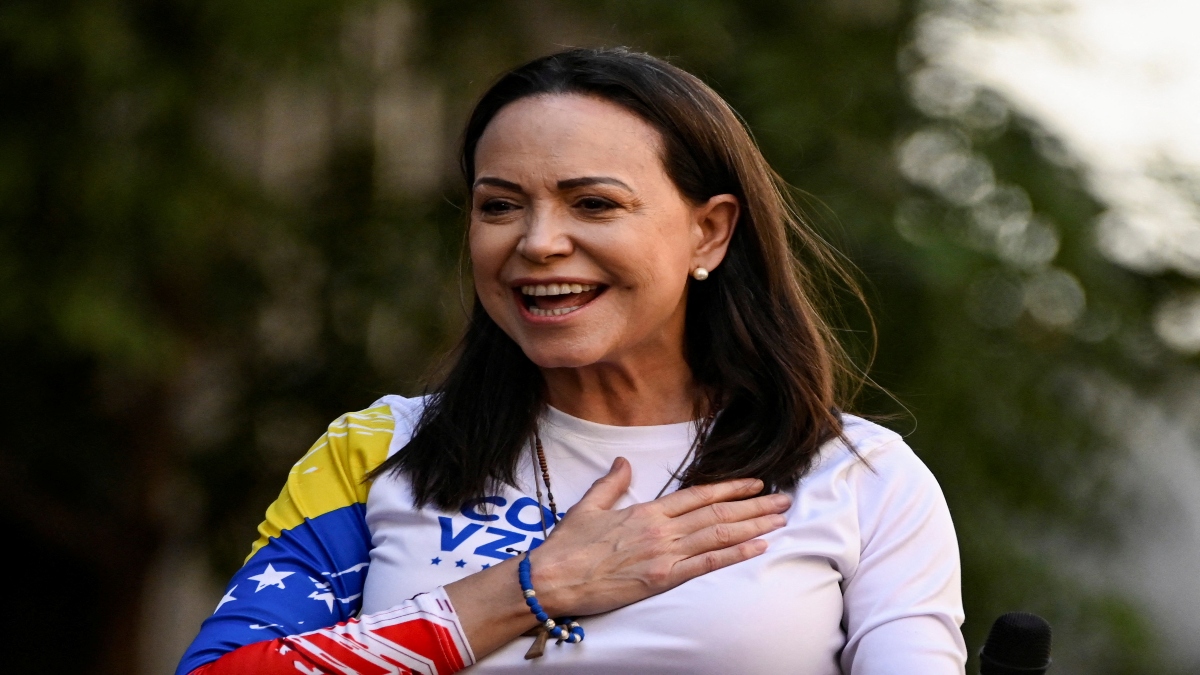The World Health Organization has clarified that it has never issued a recommendation for one doctor per 1,000 population, a figure widely cited in policy discussions. Dr Giorgio Cometto, head of WHO’s health workforce unit, said that the 1:1,000 ratio is a “factoid” not supported by any WHO document, cautioning that it should not be used as a benchmark for national health workforce planning.
Despite this, governments have used the figure to calculate doctor shortages and push for increasing medical college seats, often without addressing the unequal distribution of doctors across states or between urban and rural areas. Cometto emphasised that each country should plan its health workforce based on its unique epidemiology, demography, finances, and health system setup to meet Sustainable Development Goals (SDGs) by 2030, reported TOI.
The origin of the myth
While WHO sets a threshold of 4.45 doctors, nurses, and midwives per 1,000 population as a general guideline for essential SDG service coverage, this does not account for the differing needs of individual countries. Medical historian Dr Kiran Kumbhar traced the 1:1,000 figure to India’s Medical Council “Vision 2015” report in March 2011, which did not cite WHO.
Later, a 14-member High Level Expert Group on Universal Health Coverage in India referred to the ratio as a “WHO norm” in its October 2011 report, based on earlier WHO data that drew from a 2004 global health report. That report noted countries with fewer than 2.5 healthcare professionals per 1,000 population often failed to achieve 80% coverage for skilled birth deliveries or measles immunisation.
Cometto and other public health experts warn that blindly using a universal ratio ignores critical factors like workforce distribution, healthcare infrastructure, and population needs, and could lead to poorly planned expansions of medical colleges.


)

)
)
)
)
)
)
)
)



